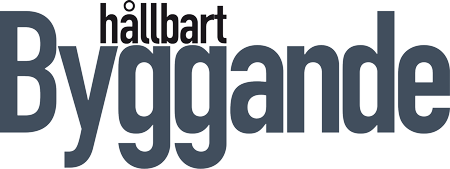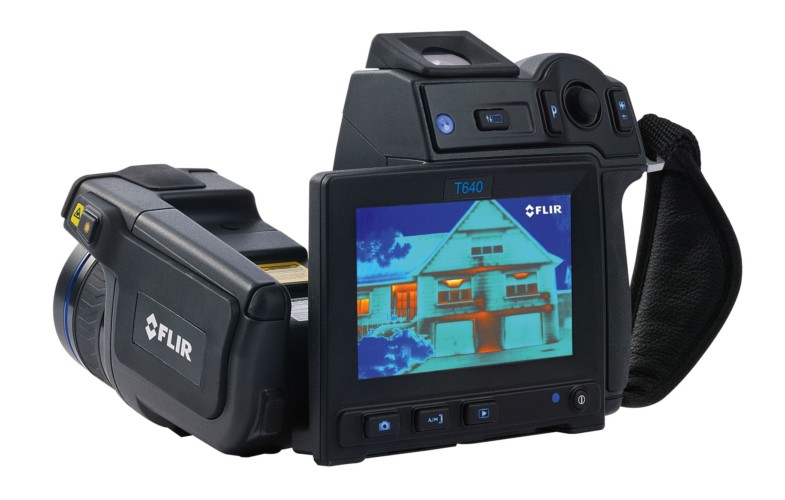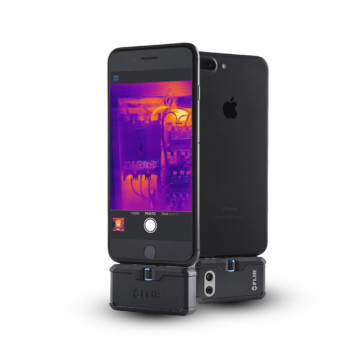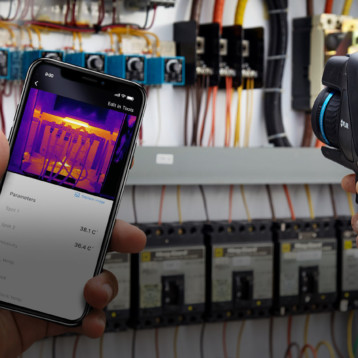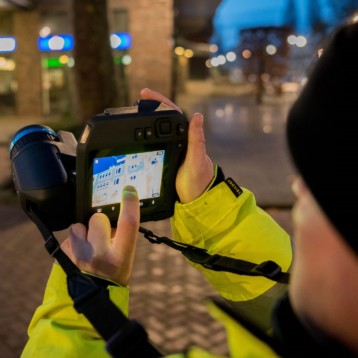Traditionally, the maintenance of cladded building facades has always relied on manual inspection and labour, the cost of which is exacerbated by the installation of scaffolding and lift systems. Cladding materials range widely from plaster and stone to marble tiles and wood but all can detach from the façade through weathering and ageing and become a public safety concern.
For one building inspection company, however, this work is now undertaken quicker and more effectively thanks to FLIR thermal imaging. Darkwave Thermo has many years’ experience in this type of inspection and especially with buildings of significant cultural and historical value. While traditional methods may still be viable for a few, smaller buildings those that are large and complex are particularly good candidates for thermal inspection.
Darkwave currently uses its FLIR T640 for this purpose. This is a high performance camera with on-board 5MP visual camera, interchangeable lens options with autofocus and a tiltable viewfinder, that is characteristic of this series. MSX® adds visible spectrum definition to IR images in real time enabling Darkwave’s thermographers to instantly recognise problem locations.
Under the correct inspection conditions, the FLIR T640 can easily and clearly highlight the surfaces subject to detachment for Darkwave Thermo. As the temperature difference is relatively subtle, the high thermal sensitivity of the FLIR T640 (<.035°C at 30°C) is essential to the success of this application, as is the camera’s ability to provide clear thermal images over a distance. It’s acceptance of a wide range of interchangeable lenses is also important.
Another FLIR T-Series software feature that is a boon for this type of work is Panorama which allows a series of IR images to be built up into a single composite image. An on-screen grid allows images to be dragged, dropped and overlayed into the composite JPEG and, uniquely, every pixel on the image is transferred with its own radiometric data.
For Darkwave Thermo, thermal imaging has proved especially useful in inspections requisitioned to support legal cases where destructive tests are not allowed. In a similar vein, it is also an ideal alternative for heritage buildings where the intricate fabric has high historical value.
“Ancillary tests that we routinely carry out during our thermal inspections have always confirmed the quality of our analyses,” confirmed Luca Del Nero of Darkwave Thermo. “Thermal imaging is now our primary technique to assess the status of façades, the extent of the problem, and to show us where to perform detachments tests.”
He concluded: “Today, especially in urban areas that require flexibility and speed of execution and where setting up an inspection platform requires permits and involves prohibitive costs, thermal imaging is the most flexible and reliable option.”
